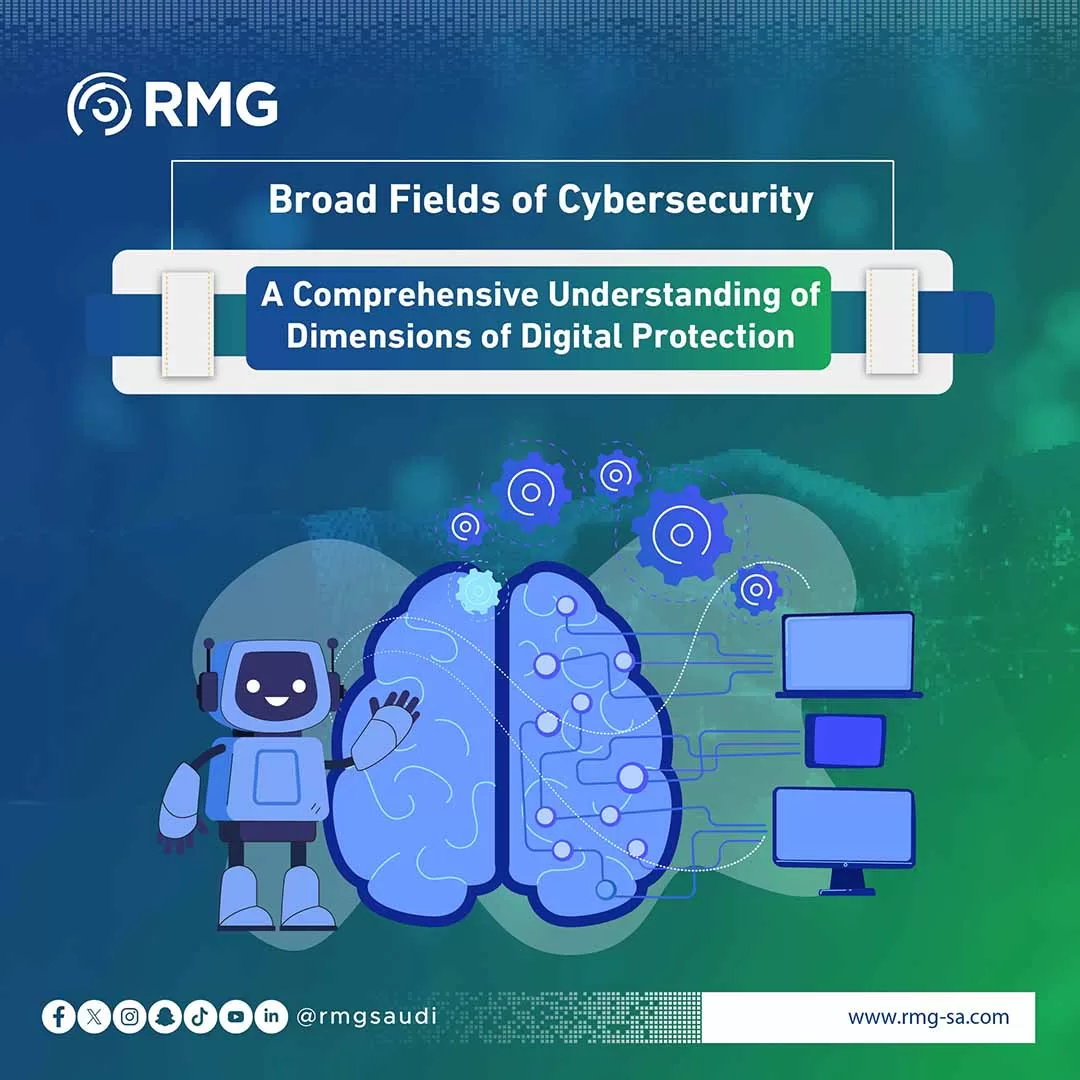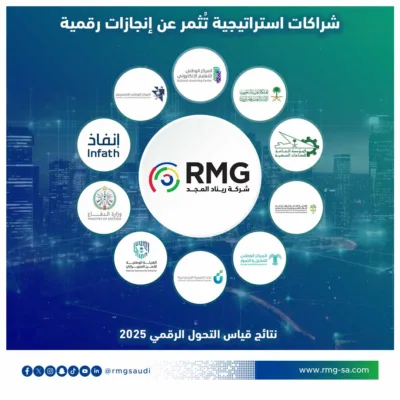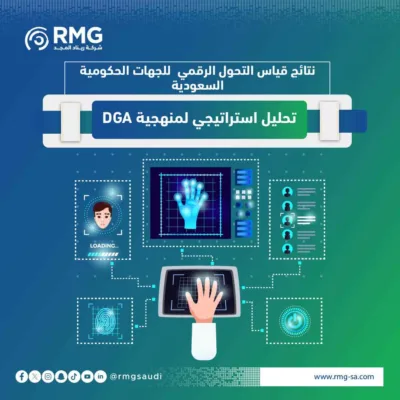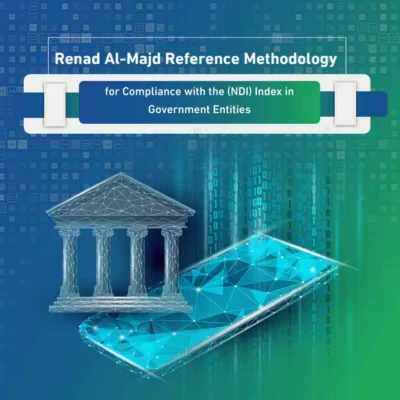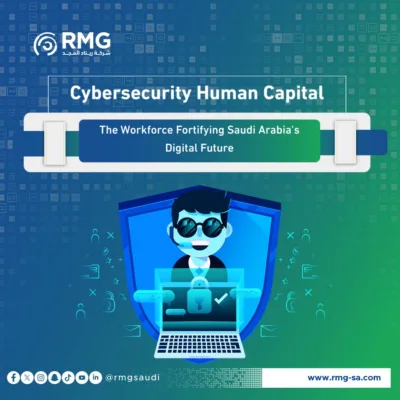Blog Body
Explore the diverse fields of cybersecurity and how they interconnect. Learn about the fundamental disciplines of digital protection to ensure the security of your data and systems in the modern era. A Comprehensive Guide from Renad Al Majd.
In a world where digital transformation is accelerating and reliance on connected technologies is increasing, cybersecurity has become not just a technical add-on, but an indispensable foundational layer for protecting individuals, institutions, and governments. However, cybersecurity is often viewed as a single, unified concept, whereas it is in reality a broad and complex field composed of several interconnected disciplines and domains. Understanding these various cybersecurity fields is the first step towards building a comprehensive and effective defense strategy that ensures coverage of all aspects of the digital environment and protects them from evolving threats. No organization can truly consider itself secure without addressing all these vital areas and systematically working to secure them. This article aims to review the most prominent cybersecurity fields and clarify the importance of each, emphasizing the necessity of adopting a holistic view of digital security.
What is Meant by Cybersecurity Fields? A Breakdown of Digital Protection Disciplines
When we talk about cybersecurity fields, we mean the different disciplines or branches that make up this science and practice. Each field focuses on a specific aspect of protection in the digital world, starting from protecting the data itself, moving through securing the infrastructure through which data travels and is stored, up to the human element that interacts with these technologies and data. These fields are not isolated; rather, they integrate and interconnect to provide a multi-layered defense against diverse cyber attacks. Understanding these fields helps organizations identify their weaknesses, direct their security investments, and develop comprehensive security programs.
The Interconnection Between Cybersecurity Fields: A Comprehensive Approach for Integrated Protection
It is of paramount importance to emphasize that the cybersecurity fields are not isolated islands. On the contrary, they are closely interconnected, and the effectiveness of protection in one field often depends on the strength of protection in other fields. For example, strong network security is not enough if the applications running on these networks are full of vulnerabilities. Similarly, the best security technologies are worthless if employees are not aware of how to use them safely or if they fall victim to phishing attacks. Therefore, achieving effective cybersecurity requires adopting a comprehensive approach that considers all cybersecurity fields and works to secure them in parallel and in an integrated manner.
Information Security: The Cornerstone of Digital Protection
Information Security is considered one of the oldest and most important cybersecurity fields. It focuses on protecting the Confidentiality, Integrity, and Availability of information (the CIA Triad), regardless of its format (digital or paper) or storage location. In the digital context, this field includes:
- Confidentiality: Ensuring that information is only accessible by authorized individuals.
- Integrity: Ensuring that information is accurate, complete, and has not been tampered with.
- Availability: Ensuring that information and systems can be accessed and used when needed.
Information Security is considered the umbrella under which many other fields fall, as the ultimate goal of each discipline is to contribute to achieving these three principles for digital information.
Network Security: Fortifying the Gateways to Your Digital World
Network Security focuses on protecting the network infrastructure from unauthorized access, misuse, disruption, and other threats. This field is vital because it protects the channels through which data is transmitted. It includes:
- Using Firewalls to filter traffic.
- Intrusion Detection and Prevention Systems (IDS/IPS) to monitor suspicious activity.
- Virtual Private Networks (VPNs) for secure remote access.
- Network Segmentation to isolate parts of the network and reduce the scope of attack.
- Network Access Control (NAC) to control devices connecting to the network.
Enterprise networks are a major entry point for attackers, making their security one of the most crucial cybersecurity fields.
Application Security: Protecting Software from Vulnerabilities
Application Security is concerned with securing software (web applications, mobile applications, desktop applications) from vulnerabilities that can be exploited by attackers. This field includes:
- Embedding Secure Coding practices throughout the software development lifecycle.
- Performing security testing such as application penetration testing and vulnerability analysis.
- Using Web Application Firewalls (WAFs) to protect web applications from common attacks.
- Regularly updating applications to patch discovered vulnerabilities.
Applications are often key weaknesses, and exploiting a single vulnerability can grant attackers access to sensitive data or critical systems.
Cloud Security: Securing Data and Services in the Cloud
With increasing organizational adoption of cloud services (such as AWS, Azure, Google Cloud), securing these environments has become an important discipline within cybersecurity fields. Cloud Security requires understanding the shared responsibility model between the cloud service provider and the organization, and includes:
- Secure configuration of cloud services.
- Managing access to cloud resources.
- Protecting data stored in the cloud and data traveling to or from it.
- Security monitoring of the cloud environment.
- Using tools such as Cloud Access Security Brokers (CASB).
Cloud security presents a unique challenge that requires specialized expertise.
Endpoint Security: Securing Used Devices
This focuses on protecting the End Devices used by employees to access the organization’s network and data, such as laptops, smartphones, and tablets. It includes:
- Antivirus and Antimalware software.
- Endpoint Detection and Response (EDR) solutions for monitoring and detecting advanced threats.
- Mobile Device Management (MDM).
- Hard disk encryption.
With the spread of remote work, the importance of this field has increased significantly.
Data Security: Protecting Your Information Wherever It Is
Although related to Information Security, Data Security focuses specifically on the mechanisms for protecting the data itself wherever it exists (in transit, storage, processing). It includes:
- Encryption techniques.
- Data Loss Prevention (DLP) systems.
- Applying strict and limited access policies (Least Privilege).
- Data Classification to determine its sensitivity and required level of protection.
Data is the ultimate target of many attacks, making its protection critically important.
Operational Security (SecOps): Securing Daily Operations
Operational Security relates to the daily operations and procedures that ensure the security of systems and data. It includes:
- Patch Management to ensure software is updated.
- Logging and continuous monitoring of system activity.
- Secure change management.
- Backup and recovery.
This field ensures that security policies are effectively implemented in daily practices.
Security Awareness and Training: Building the Most Resilient Human Firewall
Complete cybersecurity cannot be achieved without involving the human element. The field of Security Awareness and Training is essential to ensure that employees are aware of threats, how to avoid them, and how to comply with security policies. It includes:
- Regular training programs on cybersecurity fundamentals.
- Phishing attack simulations.
- Educating employees about the organization’s security policies.
Aware employees are the first and most effective line of defense.
Incident Response and Recovery: Readiness to Effectively Handle Breaches
Despite preventative efforts, security incidents may occur. This field focuses on being prepared to handle them effectively to minimize damage and downtime. It includes:
- Developing a clear Incident Response Plan.
- Forming and training an Incident Response Team.
- Conducting incident exercises and simulations.
- Developing Disaster Recovery and Business Continuity plans.
Good preparation significantly reduces the impact of an attack.
Cyber Risk Management: Proactive Threat Assessment and Mitigation
Cyber Risk Management is a continuous process of identifying, assessing, mitigating, and monitoring the cyber risks facing the organization. This field guides decisions regarding security investments and prioritization. It includes:
- Identifying critical assets and the risks threatening them.
- Assessing the likelihood and impact of each risk.
- Implementing controls to reduce risks.
- Regularly monitoring and updating risks.
Covering all these diverse cybersecurity fields requires deep, specialized expertise in each domain individually, in addition to the ability to link and integrate them within a unified defense strategy. This is the challenge faced by many organizations in the complex world of cybersecurity.
Renad Al Majd Covers All Cybersecurity Fields with Specialized Expertise
In light of this complexity and multiplicity of cybersecurity fields, there is a need for a partner who possesses comprehensive expertise to cover all these dimensions effectively and efficiently. Renad Al Majd company is proud of its integrated set of competencies and solutions specifically designed to provide the specialized protection your organization needs in every vital aspect of the cybersecurity fields we have discussed. Whether your requirement is to harden your networks against breaches, secure your application development lifecycle, ensure the security of your sensitive data wherever it exists, or even build a strong security culture among your employees, our team of experts has the knowledge and tools necessary to provide specialized support in each field individually, while ensuring the compatibility and integration of these solutions to provide a comprehensive and robust defense. We do not offer fragmented solutions, but rather integrated expertise covering the full spectrum of cybersecurity.
Comprehensive and Integrated Protection for Your Digital Assets: Contact Renad Al Majd
At Renad Al Majd, we understand that effective cybersecurity is not achieved by focusing on just one field, but is an integrated system that requires a deep understanding of all cybersecurity fields and how they interconnect to provide the highest levels of resilience and robustness in the face of threats. For this reason, our experts work to design and implement security strategies that not only address each field individually but also ensure the integration and consistency of solutions across all dimensions of your organization’s digital protection. Through partnering with us, you gain the necessary support to build, implement, and maintain a comprehensive security framework that protects your vital digital assets and ensures your peace of mind.
We invite all organizations seeking comprehensive cybersecurity that effectively covers all cybersecurity fields without leaving any gaps, to contact the Renad Al Majd expert team today. Let us help you assess your needs and provide integrated solutions that guarantee unparalleled digital protection in an increasingly risky world. Invest in your cybersecurity with the right partner.














